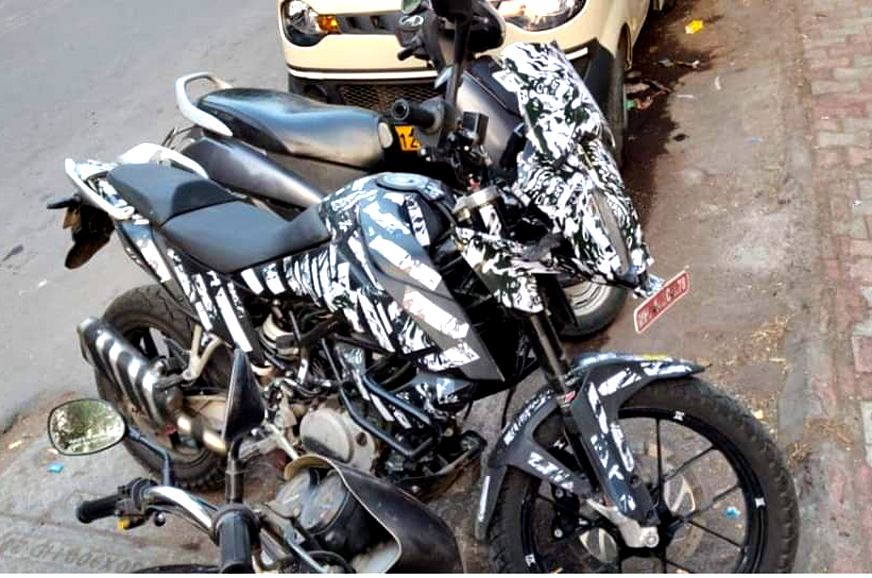You can even add more drives to the OneBlox as needed or add additional OneBlox as your company's storage needs grow. This is where drive technology begins to get confusing for a lot of people. One cause for confusion is that M.2 drives look more like sticks of memory than hard drives.

The performance of a hard disk is very important to the overall speed of the system – a slow hard disk having the potential to hinder a fast processor like no other system component – and the effective speed of a hard disk is determined by a number of factors.
Chief among them is the rotational speed of the platters. Disk RPM is a critical component of hard drive performance because it directly impacts the latency and the disk transfer rate. The faster the disk spins, the more data passes under the magnetic heads that read the data; the slower the RPM, the higher the mechanical latencies. Hard drives only spin at one constant speed, and for some time most fast EIDE hard disks span at 5,400rpm, while a fast SCSI drive was capable of 7,200rpm. In 1997 Seagate pushed spin speed to a staggering 10,033rpm with the launch of its UltraSCSI Cheetah drive and, in mid 1998, was also the first manufacturer to release an EIDE hard disk with a spin rate of 7,200rpm.
Earlier in 2017 Seagate announced that the first hard drives using Heat-Assisted Magnetic Recording, or HAMR, will ship to key customers by the end of 2018. We're now announcing that, in fact, Seagate is. MAMR is next-gen technology in relation to HAMR hard drives, as it solves a few problems that come with laser-based writing technology: Excessive surface heat and building complexity. WD used spin torque. Press Release Location Release Date; NHTSA Announces Three States Awarded DMV Recall Grants To include safety recall information with vehicle registrations and other transactions. If you're a gamer (or just a PC user) with NVIDIA graphics, NVIDIA's drivers are probably wasting gigabytes of storage on your hard drive. NVIDIA leaves old installer files buried on your hard drive until you get annoyed and manually delete themif you even realize you need to.
In 1999 Hitachi broke the 10,000rpm barrier with the introduction of its Pegasus II SCSI drive. This spins at an amazing 12,000rpm – which translates into an average latency of 2.49ms. Hitachi has used an ingenious design to reduce the excessive heat produced by such a high spin rate. In a standard 3.5in hard disk, the physical disk platters have a 3in diameter. However, in the Pegasus II, the platter size has been reduced to 2.5in. The smaller platters cause less air friction and therefore reduce the amount of heat generated by the drive. In addition, the actual drive chassis is one big heat fin, which also helps dissipate the heat. Record wav file on windows 10. The downside is that since the platters are smaller and have less data capacity, there are more of them and consequently the height of the drive is increased.
Hard Drive Latency
Latest Hard Drive Technology 2018 Youtube
Mechanical latencies, measured in milliseconds, include both seek time and rotational latency. Seek Time is measured defines the amount of time it takes a hard drive's read/write head to find the physical location of a piece of data on the disk. Latency is the average time for the sector being accessed to rotate into position under a head, after a completed seek. It is easily calculated from the spindle speed, being the time for half a rotation. A drive's average access time is the interval between the time a request for data is made by the system and the time the data is available from the drive. Access time includes the actual seek time, rotational latency, and command processing overhead time.
Hard Drive Transfer Rates
Latest Hard Drive Technology 2018 Images
The disk transfer rate (sometimes called media rate) is the speed at which data is transferred to and from the disk media (actual disk platter) and is a function of the recording frequency. It is generally described in megabytes per second (MBps). Modern hard disks have an increasing range of disk transfer rates from the inner diameter to the outer diameter of the disk. This is called a zoned recording technique. The key media recording parameters relating to density per platter are Tracks Per Inch (TPI) and Bits Per Inch (BPI). A track is a circular ring around the disk. TPI is the number of these tracks that can fit in a given area (inch). BPI defines how many bits can be written onto one inch of a track on a disk surface.
The host transfer rate is the speed at which the host computer can transfer data across the IDE/EIDE or SCSI interface to the CPU. It is more generally referred to as the data transfer rate, or DTR, and can be the source of some confusion. Some vendors list the internal transfer rate, the rate at which the disk moves data from the head to its internal buffers. Others cite the burst data transfer rate, the maximum transfer rate the disk can attain under ideal circumstances and for a short duration. More important for the real world is the external data transfer rate, or how fast the hard disk actually transfers data to a PC's main memory.
Latest Hard Drive Tech
By late 2001 the fastest high-performance drives were capable of an average latency of less than 3ms, an average seek time of between 4 and 7ms and maximum data transfer rates in the region of 50 and 60MBps for EIDE and SCSI-based drives respectively. Note the degree to which these maximum DTRs are below the bandwidths of the current versions of the drive's interfaces – Ultra ATA/100 and UltraSCSI 160 – which are rated at 100MBps and 160MBps respectively.

